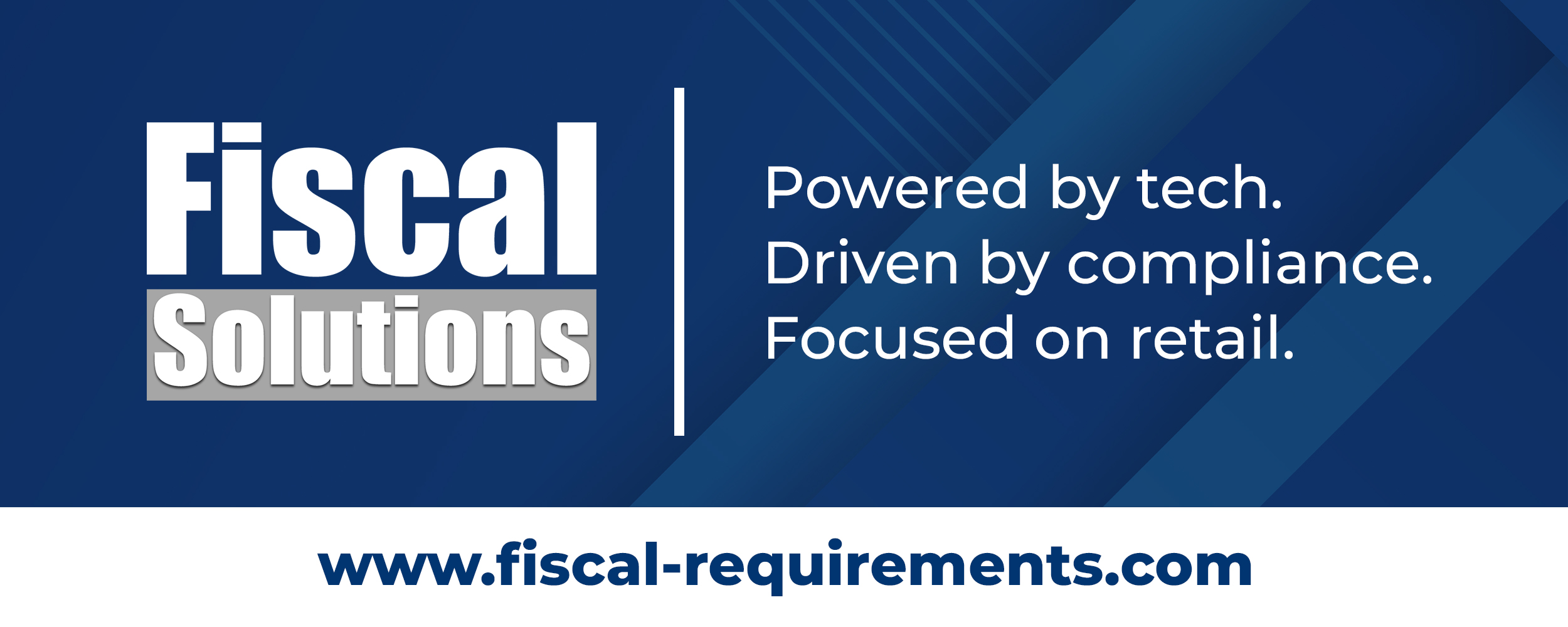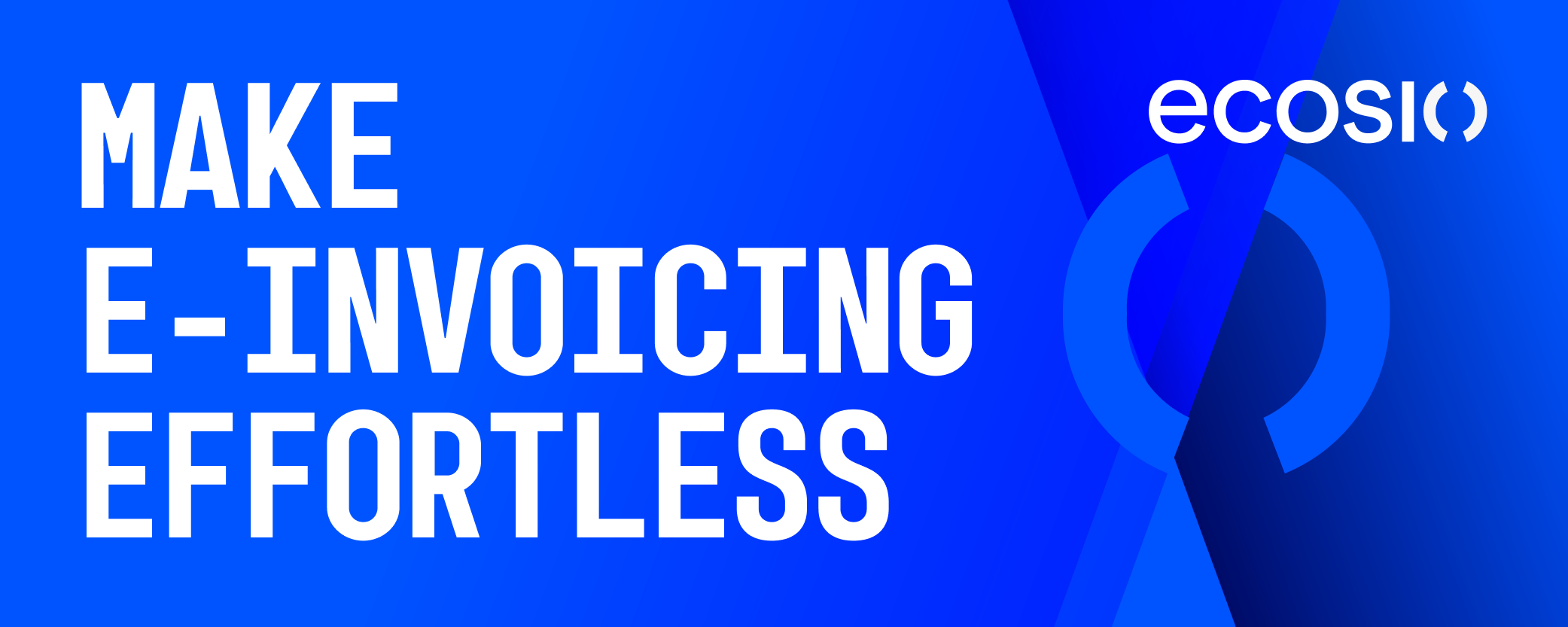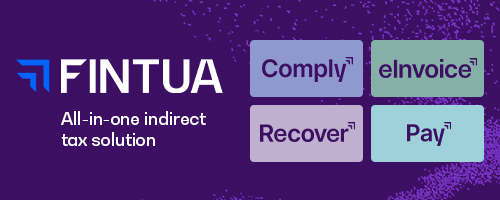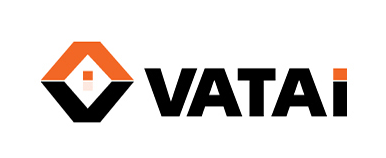- E-invoicing is not the same as digital invoicing, and many tax professionals are not clear on the differences.
- E-invoicing enables a more automated exchange of invoice data between supplier and buyer, without manual intervention.
- The primary regulatory objective of e-invoicing requirements is for tax jurisdictions to gain immediate access to tax-relevant data on the invoices, increasing efficiency, ensuring compliance accuracy, and reducing tax fraud.
- Companies and their tax groups should familiarize themselves with e-invoicing rules and requirements, as compliance represents a strategic business priority.
Source Vertex
Click on the logo to visit the website
Join the Linkedin Group on Global E-Invoicing/E-Reporting/SAF-T Developments, click HERE
Latest Posts in "World"
- 7 Essential Steps for International VAT Registration and Compliance Success
- Global E-Invoicing Trends 2025: Shaping the Future of Tax Compliance
- How Digital Tax Laws Apply to Online Courses
- VATupdate Newsletter Week 37 2025
- Worldwide Upcoming E-Invoicing mandates, implementations and changes – Chronological
















